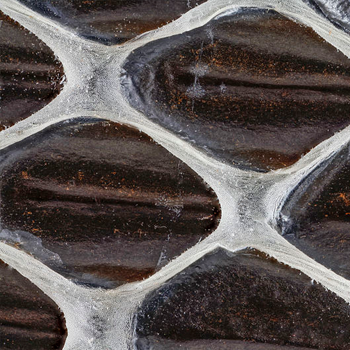How do you solve the inequality #(x-1)(x-4) <2(x-4)#?
2 Answers
You must first distribute.
Explanation:
You must put everything to one side of the inequality so that the other side is 0. You must then solve like a regular quadratic equation.
Now you must select test points, one smaller than the smaller value of x, one between the two values of x, and one larger than the largest value of x.
Let's say our test points are 2, 3.5 and 5.
Plug them into the original inequality.
This doesn't not satisfy the inequality
This satisfies our inequality, so the solution is
Practice exercises
Solve the following inequality.
a).
b).
Explanation:
#(color(red)xcolor(blue)(-1))(color(orange)(x)color(green)(-4))<2(x-4)#
#(color(red)x)(color(orange)x)color(red)(+x)(color(green)(-4))color(blue)(-1)(color(orange)x)color(blue)(-1)(color(green)(-4))<2(x-4)#
#x^2-4x-x+4<2(x-4)#
#x^2-5x+4<2(x-4)#
#x^2-5x+4<2x-8#
#x^2-7x+12<0#
#(x-4)(x-3)<0#
Set
#1# :#color(white)(XXX)(x-4)>0color(white)(XXXXXX)(x-3)<0#
Set
#2# :#color(white)(XXX)(x-4)<0color(white)(XXXXXX)(x-3)>0#
Set
#1# :#color(white)(XXX)x>4color(white)(XXXXXX)x<3#
#color(white)(XXXXXXXXXXX)color(purple)("or")# Set
#2# :#color(white)(XXX)x<4color(white)(XXXXXX)x>3#
Set
#1# :#color(white)(XXX)color(brown)2>4color(white)(XXXXXXX)color(brown)2<3#
Set
#2# :#color(white)(XXX)color(turquoise)(3.5)<4color(white)(XXXXXX)color(turquoise)3.5>3#
#3# #<# #x<4#


